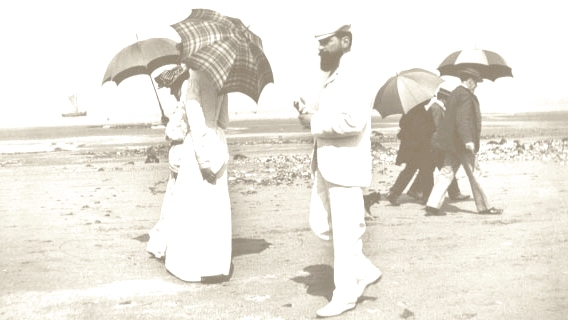World’s Largest Maze
The Pineapple Garden Maze at Dole Plantation
Covering an area of more than two acres with a path length of 1.7 miles, it is made of 11,400 colorful Hawaii plants...
--
Native to southern Brazil and Paraguay (perhaps especially the Parana-Paraguay River) area where wild relatives occur, the pineapple was apparently domesticated by the Indians and carried by them up through South and Central America to Mexico and the West Indies long before the arrival of Europeans. Christopher Columbus and his shipmates saw the pineapple for the first time on the island of Guadeloupe in 1493 and then again in Panama in 1502. Caribbean Indians placed pineapples or pineapple crowns outside the entrances to their dwellings as symbols of friendship and hospitality. Europeans adopted the motif and the fruit was represented in carvings over doorways in Spain, England, and later in New England for many years. The plant has become naturalized in Costa Rica, Guatemala, Honduras and Trinidad but the fruits of wild plants are hardly edible.
Spaniards introduced the pineapple into the Philippines and may have taken it to Hawaii and Guam early in the 16th Century. The first sizeable plantation 5 acres (2 ha)—was established in Oahu in 1885. Portuguese traders are said to have taken seeds to India from the Moluccas in 1548, and they also introduced the pineapple to the east and west coasts of Africa. The plant was growing in China in 1594 and in South Africa about 1655. It reached Europe in 1650 and fruits were being produced in Holland in 1686 but trials in England were not success ful until 1712. Greenhouse culture flourished in England and France in the late 1700's. Captain Cook planted pineapples on the Society Islands, Friendly Islands and elsewhere in the South Pacific in 1777.
Julia Morton, Purdue
link path Bryson Farms
PLSJ/Space and Culture
-
rantish elaboration here



